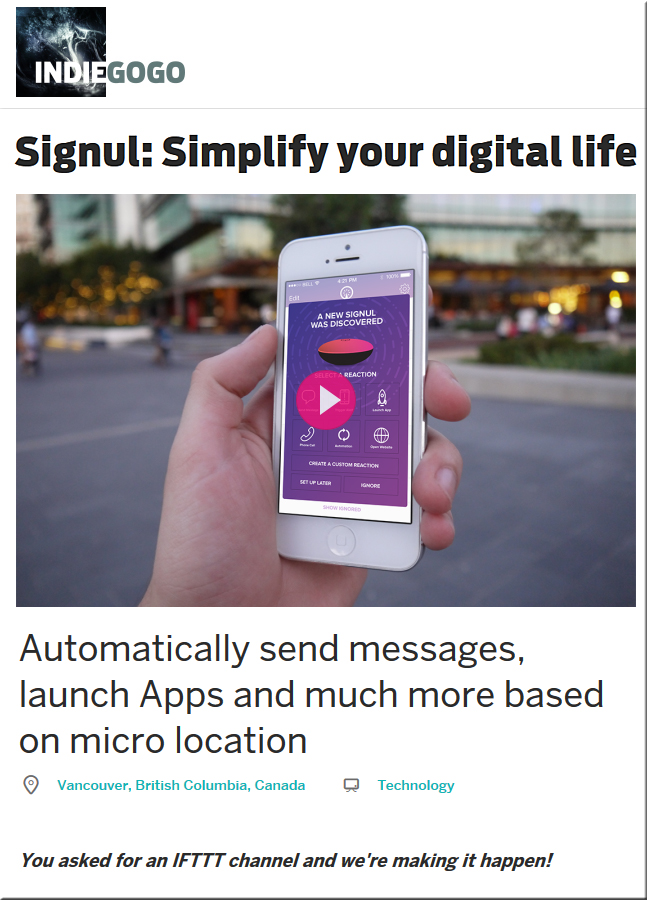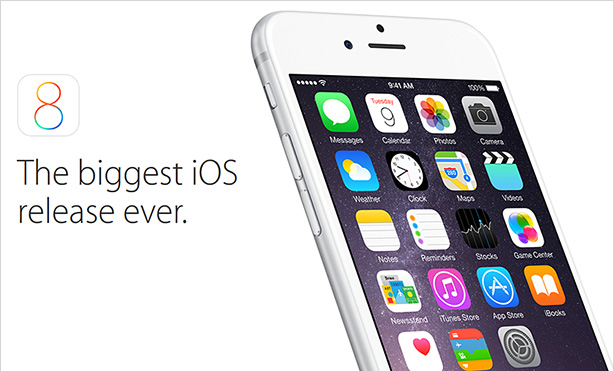From DSC:
I’m thinking out loud again…
What if were were to be able to take the “If This Then That (IFTTT)” concept/capabilities and combine it with sensor-based technologies? It seems to me that we’re at the very embryonic stages of some very powerful learning scenarios, scenarios that are packed with learning potential, engagement, intrigue, interactivity, and opportunities for participation.
For example, what would happen if you went to one corner of the room, causing an app on your mobile device to launch and bring up a particular video to review? Then, after the viewing of the video, a brief quiz appears after that to check your understanding of the video’s main points. Then, once you’ve submitted the quiz — and it’s been received by system ABC — this triggers an unexpected learning event for you.
Combining the physical with the digital…
Establishing IFTTT-based learning playlists…
Building learning channels…learning triggers…learning actions…
Setting a schedule of things to do for a set of iBeacons over a period of time (and being able to save that schedule of events for “next time”).
Hmmm…there’s a lot of potential here!



Now throw augmented reality, wearables, and intelligent tutoring into the equation! Whew!
We need to be watching out for how machine-to-machine (M2M) communications can be leveraged in the classrooms and training programs across the globe.
One last thought here…
How are we changing our curricula to prepare students to leverage the power of the Internet of Things (IoT)?




















